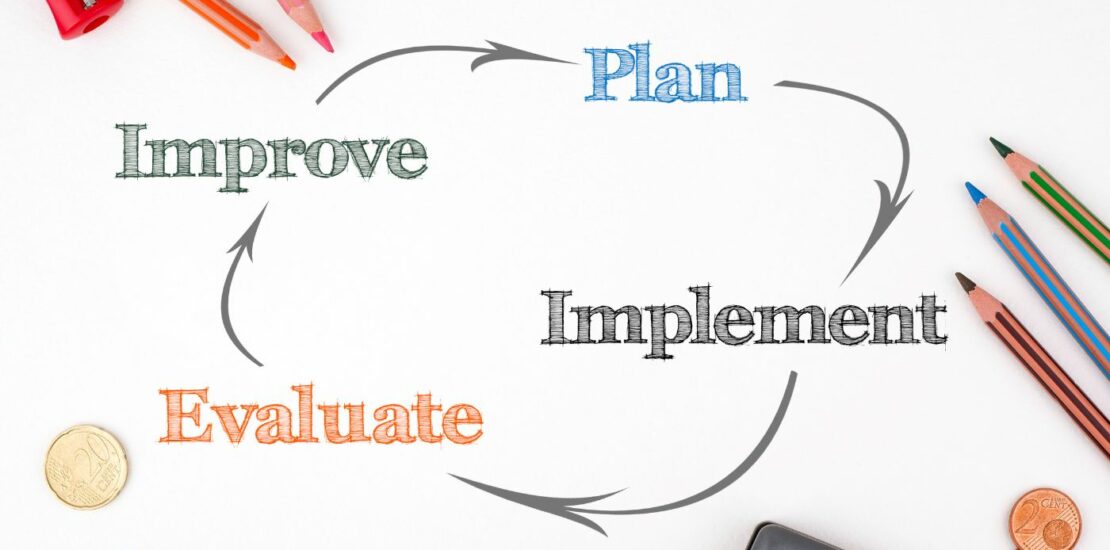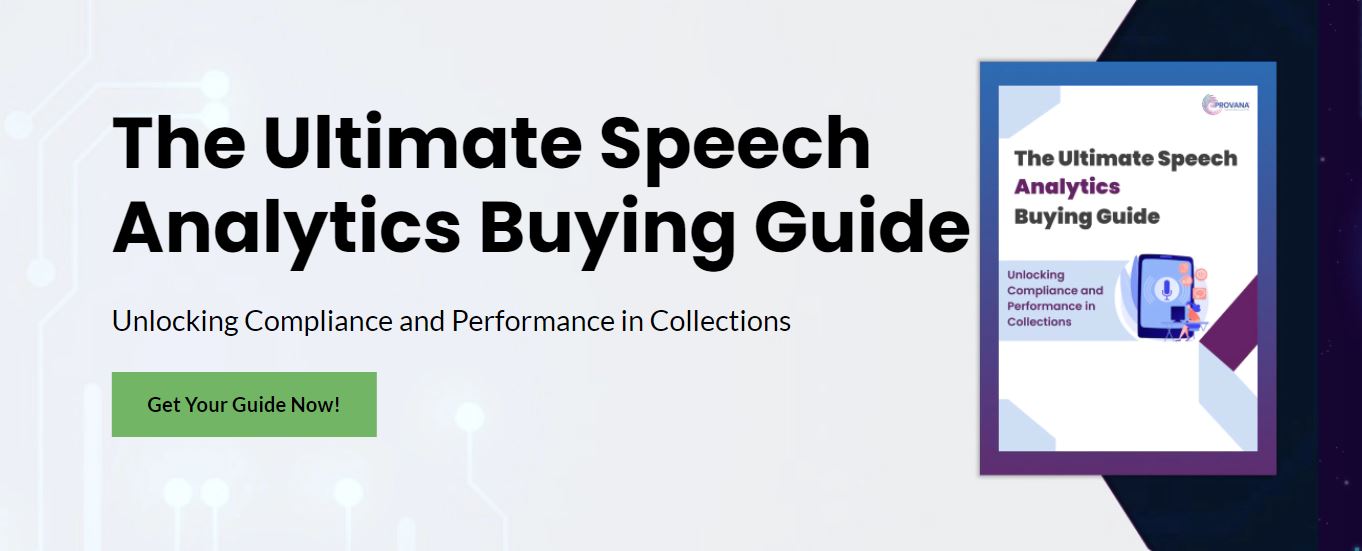Creating an Effective Call Center Performance Improvement Plan with Speech Analytics
- August 31, 2023
- Category: Speech Analytics

Recommended Reading
Call center performance management can play an important role in ensuring optimal operational efficiency and improved collections yield for any collections business. In a business model where interactions are not just about calling a consumer, but also about negotiating terms of payments, the importance of performance management becomes even more important. This is where the integration of speech analytics into a comprehensive call center performance improvement plan can make a significant impact.
By transcribing and analyzing agent-consumer conversations, call centers can uncover valuable insights into consumer behavior, agent performance, and operational bottlenecks. This allows you to go beyond traditional methods of monitoring calls, enabling you to gain deeper insights from a large volume of conversations.
Pillars of an Effective Performance Improvement Plan
The first step in creating an effective call center performance improvement plan is to identify the key metrics that matter most to your collections operations. Depending on the nature of your business, these metrics could include the Collector Effective Index (CEI), Right Party Contacts (RPC) rate, Percentage of Outbound Calls Resulting in Promise to Pay (PTP), Profit per Account (PPA), and Agent Adherence Score (to understand the degree to which agents follow established scripts, FCRA procedures, and guidelines during calls).
The next step in creating the plan should involve examining the business and speech analytics data, either in-house or by signing up for a platform like ICAP that comes with business intelligence capabilities. Once armed with insights, you can structure your overall call center performance improvement plan into the following categories:
1. Data Analytics
Collections can be a challenging task, as it involves numerous data sources such as consumer information, account information, agent performance, inventory performance, and other essential business metrics. To truly understand the complete business picture, analyzing these data sources is crucial. A reliable Business Intelligence solution is essential to accomplish this task. It can empower you with the ability to analyze data effectively and offer a single source of truth by automating data collection and consolidation from various systems. This can help evaluate accurate business trends such as consolidated batch tracking including revenue, production, and performance metrics, and revenue trends, liquidation by month & clients, and collections forecast.
2. Agent Training and Coaching Blueprint
Identifying business performance trends is the key to setting up an effective call center improvement plan. Once you know where the gaps are, it is easier to execute your strategy and set you operations right with the use of speech analytics. Speech Analytics gives you the power to execute your business strategies such as agent specific performance plan and revamped training programs for collectors.
Tailored training programs should be at the forefront of this blueprint, addressing specific agent weaknesses identified through speech analytics. Data from speech analytics can be used to provide agents with real examples of successful interactions and those needing improvement. You can even leverage speech analytics data to provide personalized feedback to agents, highlighting their individual strengths and offering constructive suggestions for improvement.
The same blueprint can be refreshed on a continuous basis once you input your current agent scorecard information in the call center performance improvement plan. An advanced speech platform like ICAP can provide you customizable and automated call scorecard for a comprehensive analysis of metrics used to determine agent scores.
3. Improved Quality Assurance Program
Speech analytics can be used to define quality benchmarks (or call scoring criteria) for each type of agent-consumer interaction. This, in turn, helps in regularly evaluating agent-consumer interactions against these benchmarks to ensure consistent call quality.
Cutting-edge speech solution like ICAP even comes with a performance dashboard that helps you identify and visualize agent non-compliance across the call center. This information plays a key role in optimizing your quality assurance and agent training program alike.
4. Process Improvement Roadmap
By analyzing conversations and identifying patterns through speech analytics, you gain a deep understanding of what resonates with debtors and what needs refinement. Consequently, you can adjust agent scripts, calling guidelines, and procedures based on data-driven insights. Implementing a call center performance improvement plan backed by speech analytics is just the beginning. It’s important to regularly monitor the impact of these changes using the previously identified key metrics.
Creating a Robust Call Center Performance Improvement Plan with ICAP: Any agent can forget the Mini-Miranda, overlook giving the recording disclosure, or avoid putting their best foot forward to close an account. The challenge is that no collection business can hire enough QA personnel to listen to every recorded interaction between agents and consumers to offer personalized feedback. This is where Provana’s call center analytics and agent analytics platform, ICAP, comes into play.
ICAP enables you to review 100% of calls and visualize important call center data such as Inventory trends, liquidation rate, QA, and agent scorecards (both internal and provided by clients). You can even import agent performance data and share it with the team for comprehensive performance reviews. The manager can pull data for any date range, facilitating the saving or exporting of data that is relevant from the performance audit’s point of view, thus saving a considerable amount of time and cloud space.
If you’re also seeking a speech analytics system that empowers your collections-focused call center, feel free to reach out to us here.








